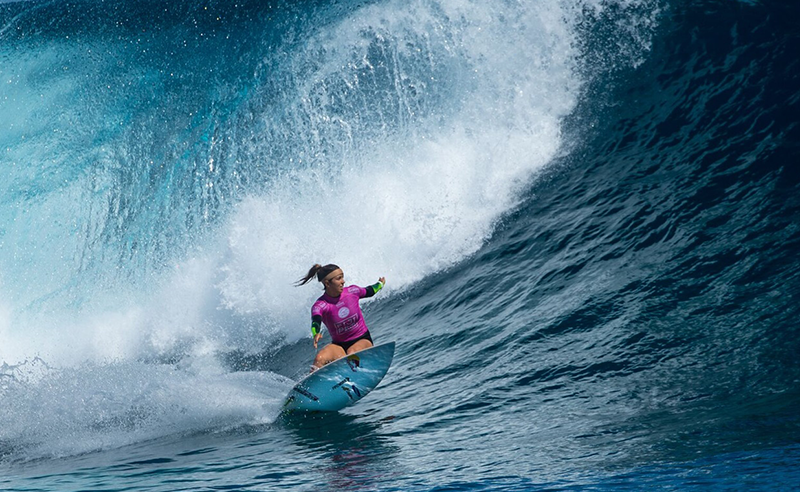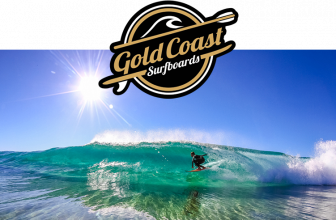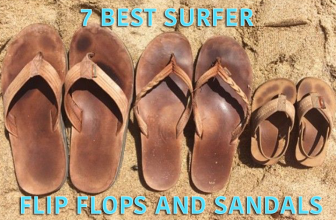
We can trace the history of the Shortboard all the way back to the 1960s, during an era of counter-culture and rebellion.
When the 10’ balsa boards began arriving in Australia during the 1950s through the inspiration of touring American surfers, it started an Australian cultural revolution in which many Australian surfers tried their best to imitate Americans.
They took the board designs and the surfing styles and didn’t leave much room for experimentation.
It was in the late 1960s that a group of surfers including Bob McTavish, Ted Spencer, Nat Young, Wayne Lynch, Tommy Zahn, and many more, had the desire to manufacturer boards that were shorter.
They wanted to hit bigger waves, have the ability to maneuver more, and rid themselves of the daunting American influence.
In the wake came the Shortboard revolution.
It was a rebellion to stray away from the hierarchy that the longboarding community in Australia had created.
How Did These Boards Become So Popular?
The idea of the shortboard revolution quickly moved from Australia in around 1968 and to the shores of Hawaii and California. Different types of shortboards were being manufactured including 6-foot thrusters, squash-tailed pocket rockets, and the famous McTavish Trackers. While Australians still took a nationalist approach to their newfound board style, everyone wanted to share in the revolution that was reshaping rockers, templates, fins, and more. One of the biggest reasons for this shift was the emergence of competitive surfing.
Prior to the shortboard revolution, surfing was more of a brotherhood. It was about peace and love and togetherness. New shortboard shredders wanted to nip that in the bud and create something to dominate the competitive world of surfing. Whether you liked it or not, these boards were taking over the world, allowing surfers to progress in ways they never thought possible before.
So What Is A Shortboard Exactly?
You’ll typically find that shortboards are sized from about 5’ to 7’2”. You’ll typically find that they are set up with thruster fins or quad fins, though the fin setup doesn’t quite define the board, and they can be experimented with. The main things that make a shortboard are the small characteristics that give it power.
Shortboards are supposed to be high-performance competition boards. They are made much thinner than longboards and have more rocker than most boards so that you have to really pump to get them going. The noses are typically glassed pretty thin and the tails are typically squash or square.
Why Did the Shortboard Catch On?
Shortboards caught on because of competition more than anything else, because let’s face it, we live in a society that loves competition. Competition creates progress. The competitive force allowed surfers to push themselves further and further and we would assume that traditional surfers would have had their minds blown watching shortboarders rip up modern waters.
Shortboards began to resonate on a global scale because they allowed surfers to own the wildest conditions and take surfing to a level that was unknown prior.
Why Should I Add a Shortboard To My Quiver?
Unlike other boards, shortboards allow you to hit waves that are steeper, faster, and more powerful. They allow you to really sit into the pockets of waves. Waves that are less steep require a bit more power in the paddle, so shortboards aren’t ideal, but given that extra rocker in serious conditions, you can go without paddling hard.
If you want to catch barrels, shortboards are also perfect. Obviously a fish or any other smaller board will work, but shortboards will allow you to cut deeper into the heart of a barrel and make more time for yourself inside.
Lastly, shortboards are best for maneuvers. If you’re trying to catch some airs or make some fast snaps on the face of a wave, shortboards are quick enough to do so.
Final Thoughts?
Shortboards are certainly the “coolest” boards out there. From their rebellious inception, they’ve continued to sit at the top of the totem pole in terms of pro surfing.
Without them, surfing surely would not have progressed to where it is today.
They’ve allowed surfers to move differently, find new tricks, and push limits of what we thought was possible.
The cool thing is, they’re only getting better and better as time moves on. If you have any inclination to be the best surfer out there, a shortboard is a must.





